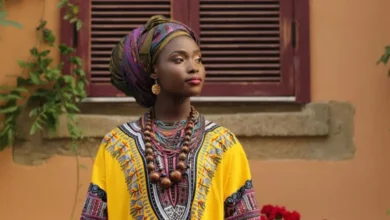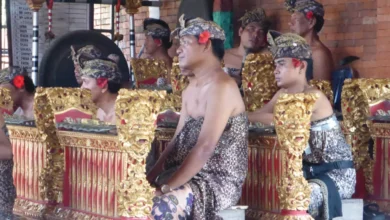Lesotho, a small, mountainous kingdom nestled within South Africa, boasts a rich cultural heritage, vividly expressed in its iconic Basotho Blanket. More than just a piece of clothing, the blanket is a symbol of identity, status, and social standing, deeply interwoven with the history and traditions of the Basotho people. This article will delve into the fascinating world of the Basotho blanket, exploring its history, design, significance, and enduring legacy.
A Colorful History: The Origins of the Basotho Blanket
The story of the Basotho blanket begins long before the modern nation of Lesotho existed. Its origins are rooted in the 19th century, a time of significant social and political upheaval in the region. The Basotho people, under the leadership of King Moshoeshoe I, were forging a unified kingdom, constantly facing challenges from neighboring tribes and encroaching colonial powers. Clothing played a critical role in establishing identity and unity during this tumultuous period.
Initially, the blankets weren’t uniquely Basotho; they were imported, primarily from the British and Dutch colonies. However, as the Basotho kingdom consolidated its power, the blankets became increasingly important. They provided warmth in the harsh mountain climate, served as a vital form of currency for trade, and gradually evolved into a significant symbol of Basotho identity.
The early blankets were often made of wool, reflecting the practical needs of the Basotho people. Their durability made them essential for everyday life, while their ability to retain heat was crucial for surviving the cold Lesotho winters. Over time, distinct patterns and colors began to emerge, reflecting the evolving artistic expression of the Basotho people and laying the foundation for the vibrant designs we see today.
See also Batik Shirts in Malaysia: A Colorful Journey
Batik Shirts in Malaysia: A Colorful Journey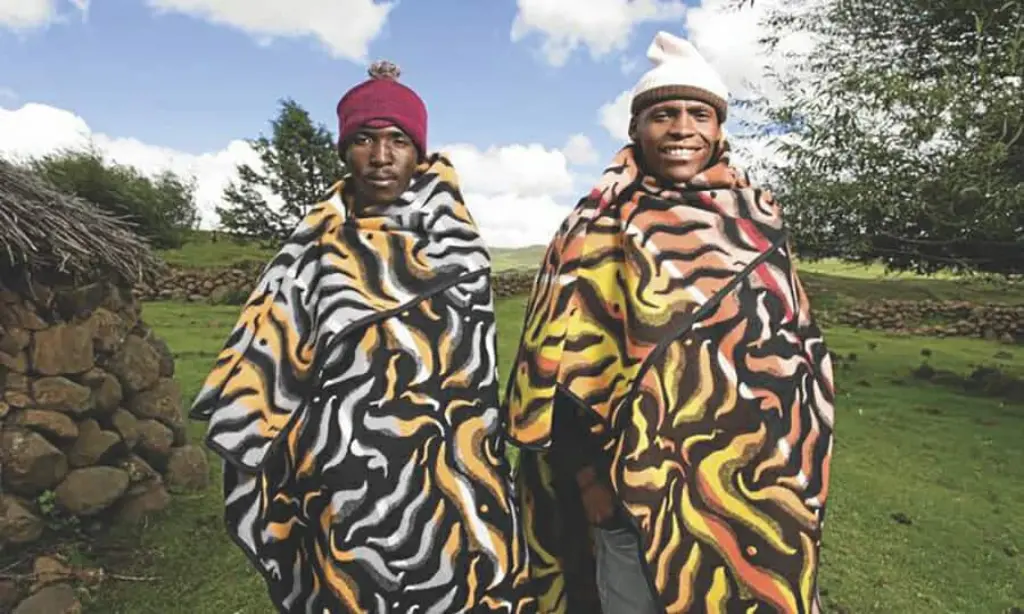
The Art of the Design: Patterns, Colors, and Symbolism
Basotho Blanket, Patterns, Colors, and Symbolism
The distinctive patterns and color schemes of the Basotho blanket are not merely decorative; they carry deep cultural and historical significance. Each design tells a story, reflecting the traditions, beliefs, and social standing of the wearer. While there isn’t a universally standardized code, certain colors and patterns hold common interpretations.
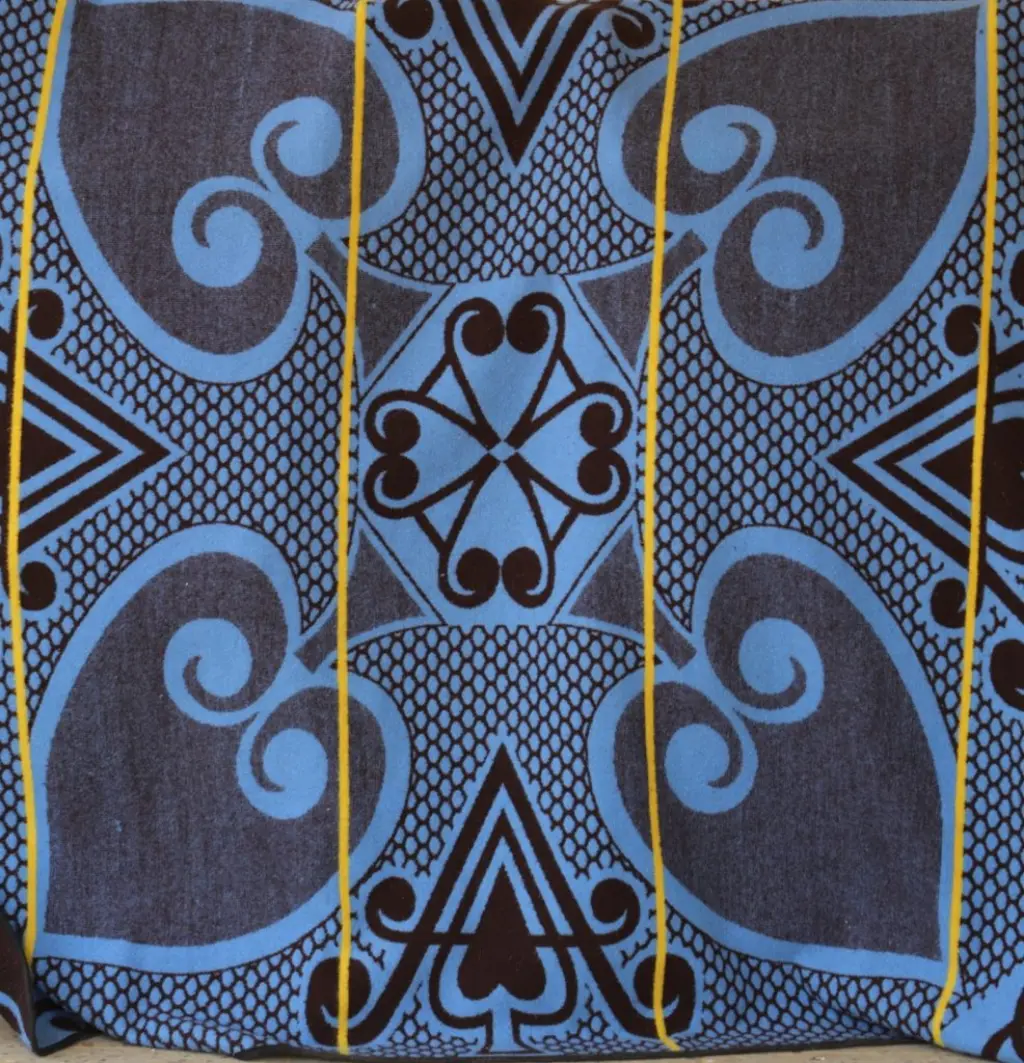
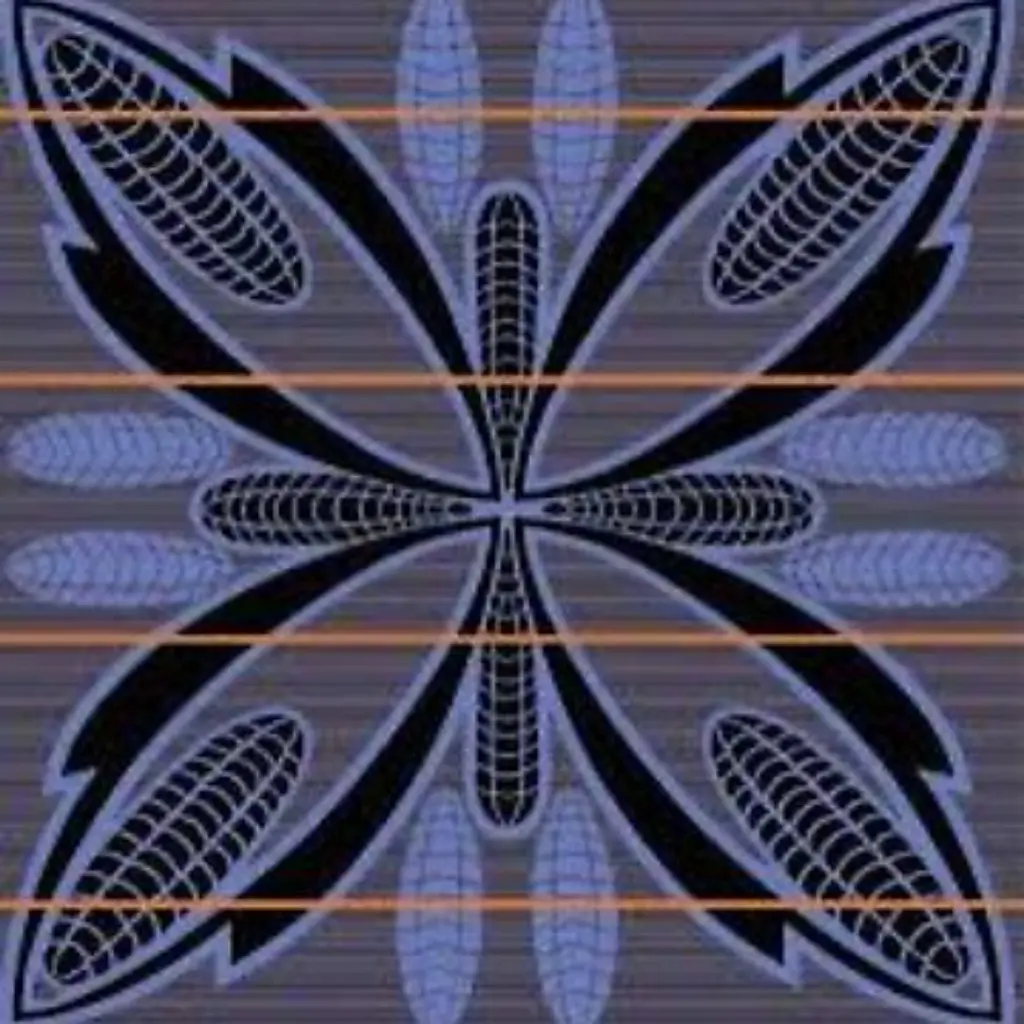
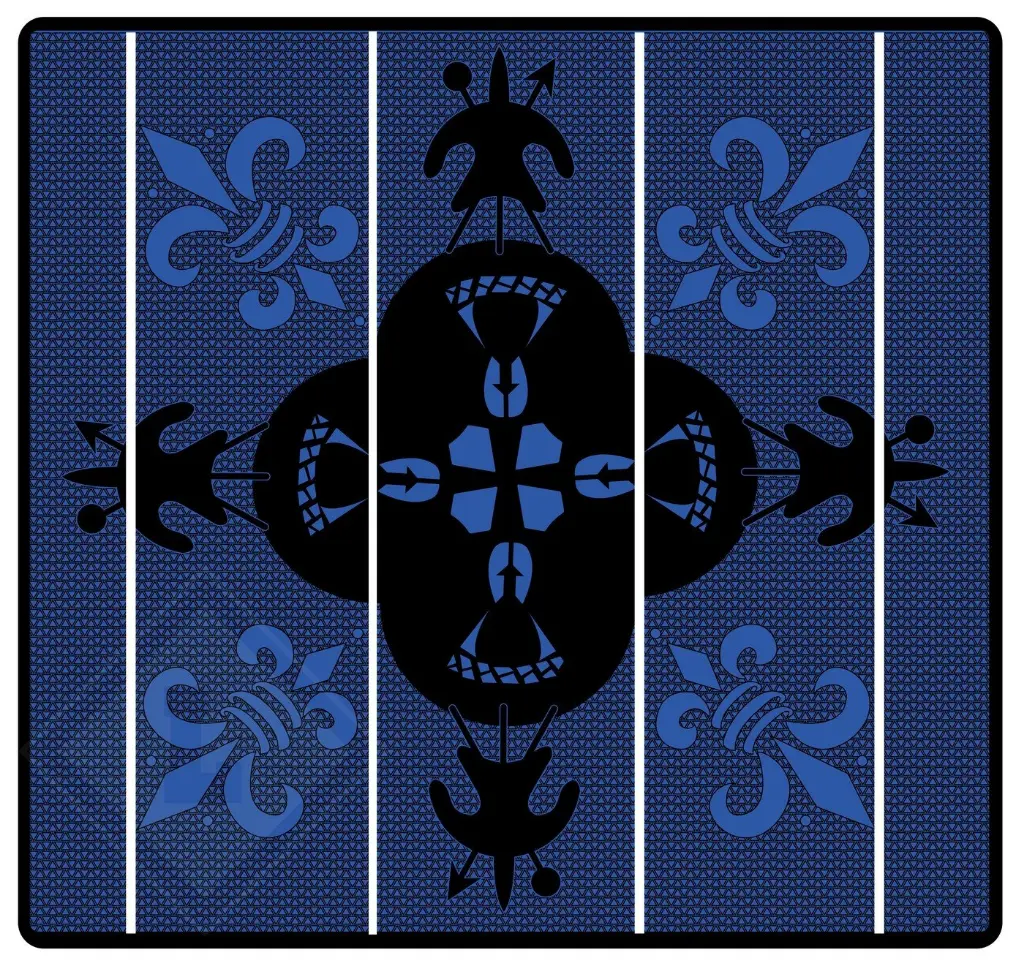
Colors play a significant role. For instance, red is often associated with royalty, power, and bravery. Blue can symbolize peace and tranquility, while black often represents mourning or humility. Different combinations of colors further enhance the meaning, creating intricate layers of visual storytelling.
Patterns are equally significant. Geometric designs, stripes, and other motifs are often passed down through generations, representing specific clans or regions within Lesotho. Some patterns might reflect historical events or legends, while others are simply aesthetically pleasing, adding to the beauty and cultural richness of the blanket.
See also Batik: Indonesia’s Living Heritage
Batik: Indonesia’s Living HeritageThe intricate details of the weaving also contribute to the blanket’s artistic merit. The quality of the weave, the density of the wool, and the precision of the pattern all impact the value and status associated with the blanket. Higher quality blankets, often characterized by finer wool and more complex designs, are typically more expensive and are considered to be a mark of prestige.
Modern Interpretations and Innovations
While the traditional designs and techniques remain highly valued, the Basotho blanket continues to evolve. Contemporary artisans are experimenting with new colors, patterns, and materials, pushing the boundaries of the traditional form while remaining respectful of its heritage. This creative spirit ensures that the Basotho blanket remains a relevant and dynamic art form.
Modern interpretations might include the incorporation of contemporary themes or the use of different materials, such as blends of wool and other fibers, to create more durable or comfortable blankets. However, the core values of craftsmanship, cultural significance, and artistic expression remain at the heart of the Basotho blanket’s appeal.
The Blanket’s Social Significance: More Than Just Clothing
The Basotho blanket transcends its function as mere clothing; it serves as a powerful symbol of identity and social standing within Lesotho’s culture. The blanket worn by an individual often reveals their clan affiliation, marital status, and even their level of wealth.
For example, the type of blanket worn by a bride during her wedding ceremony carries special significance, reflecting the family’s status and tradition. Certain patterns or colors might be reserved for specific occasions or roles within society, further emphasizing the blanket’s multifaceted social functions.
Beyond its personal significance, the Basotho blanket also plays a role in community events and celebrations. During ceremonies and festivals, the vibrant colors and intricate designs of the blankets create a powerful visual spectacle, showcasing the rich cultural heritage of the Basotho people.
The blanket’s economic importance should not be overlooked. The production and sale of Basotho blankets provide livelihoods for many artisans and families in Lesotho, contributing significantly to the country’s economy. The industry supports a network of skilled weavers, dyers, and traders, keeping alive traditional skills and contributing to the preservation of cultural heritage.
Preserving the Legacy: Challenges and Opportunities
Despite its enduring popularity and cultural importance, the Basotho blanket faces various challenges. The competition from mass-produced, cheaper blankets threatens the traditional hand-woven industry. Maintaining the quality and authenticity of the blankets requires dedicated efforts to preserve traditional skills and techniques.
Protecting intellectual property rights is also crucial. The unique designs and patterns of the Basotho blanket are valuable assets that need to be safeguarded against imitation and plagiarism. Efforts to register designs and enforce intellectual property rights are essential to protect the artisans and the cultural heritage they represent.
However, there are also significant opportunities for growth and development. The increasing global appreciation for handcrafted goods and sustainable fashion creates a growing market for authentic Basotho blankets. Promoting the blankets through tourism, cultural events, and online platforms can enhance their visibility and increase demand.
Supporting local artisans and promoting fair trade practices is essential for ensuring the sustainability of the industry. By collaborating with designers and retailers, the Basotho blanket can reach a wider audience, preserving its cultural significance while also providing economic opportunities for the people of Lesotho.

The Basotho Blanket Today: A Symbol of Resilience and Pride
The Basotho blanket continues to be a powerful symbol of Lesotho’s identity, resilience, and cultural pride. It represents the enduring spirit of the Basotho people, their rich traditions, and their connection to their land. The blanket’s vibrant colors and intricate designs are not just aesthetic elements; they are a testament to the enduring creativity and cultural ingenuity of a people who have woven their history, beliefs, and aspirations into every thread.
Whether worn as a garment, displayed as a decorative piece, or used as a form of currency, the Basotho blanket serves as a tangible link to the past while simultaneously adapting to the challenges and opportunities of the modern world. Its enduring legacy is a testament to its intrinsic beauty, cultural significance, and the enduring spirit of the Basotho people.
Where to Find Authentic Basotho Blankets
For those interested in purchasing an authentic Basotho blanket, it’s essential to support ethical sources that prioritize fair trade practices and the preservation of traditional techniques. Look for reputable retailers who partner with local artisans in Lesotho and can provide information about the blanket’s origin and craftsmanship.
You can also find them at dedicated craft markets and cultural centers in Lesotho itself. Remember that an authentic Basotho blanket is more than just a purchase; it’s an investment in a rich cultural heritage and the livelihoods of the people who create them.
The Basotho blanket stands as a powerful testament to the enduring power of cultural heritage. It is a story woven into fabric, a narrative of history, identity, and resilience that continues to captivate and inspire.


